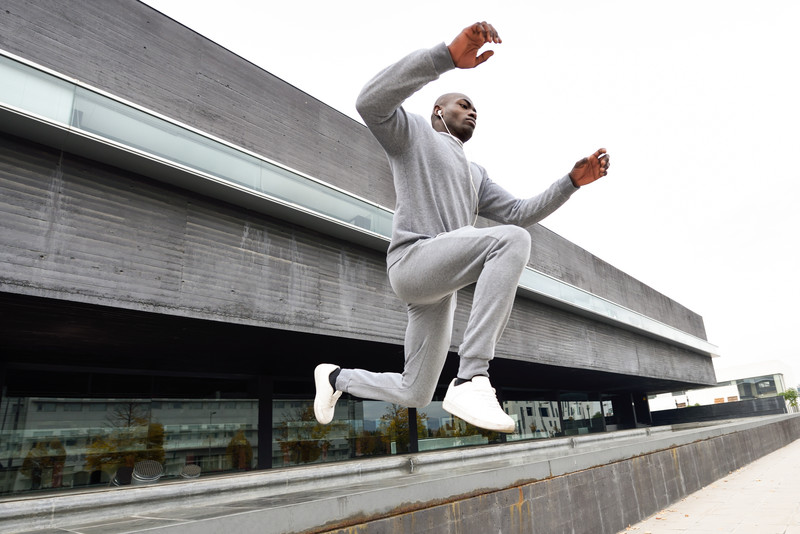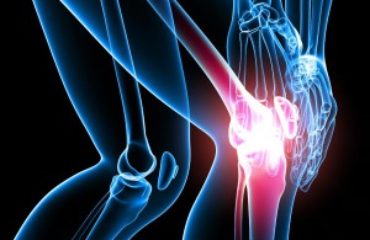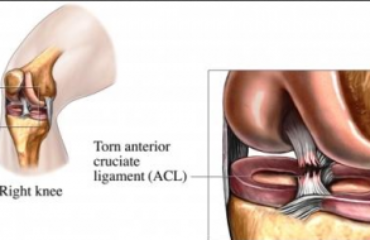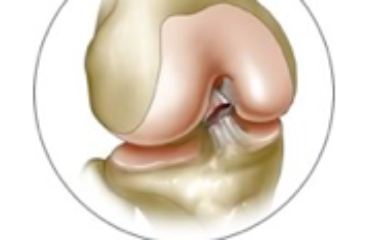 Arthritis can have a debilitating effect on the body impacting many or all the joints. When any weight-bearing joint is impacted, it can greatly affect mobility and impact life on a day to day basis. There are three bones in the knee including; the patella (kneecap) femur (thigh bone) and tibia (shin bone). There is a layer of tissue covering these bones known as the articular cartilage. It is this layer that ensures no grating occurs when the bones slide against each other during movement. The most common type of arthritis is osteoarthritis and this occurs once the cartilage has worn away. Sometimes, a bony spur will also occur within the bones of the knee joint.
Arthritis can have a debilitating effect on the body impacting many or all the joints. When any weight-bearing joint is impacted, it can greatly affect mobility and impact life on a day to day basis. There are three bones in the knee including; the patella (kneecap) femur (thigh bone) and tibia (shin bone). There is a layer of tissue covering these bones known as the articular cartilage. It is this layer that ensures no grating occurs when the bones slide against each other during movement. The most common type of arthritis is osteoarthritis and this occurs once the cartilage has worn away. Sometimes, a bony spur will also occur within the bones of the knee joint.
Osteoarthritis can be extremely painful. Prolonged walking or standing can increase the inflammation within the joint but even a change in the weather can irritate damaged joints for some. Non-surgical treatments are recommended for easing pain initially, often anti-inflammatory medicines to help reduce the swelling and doctors will often recommend taking nutritional supplements. These include chondroitin or glucosamine. Where there is obesity, it is highly recommended that individuals try to lose some weight as this adds to the pressure of the joints but, if necessary steroidal injections directly into the knee can be useful. It’s important to note that steroid injections such as cortisone help to alleviate pain and swelling but do not help to heal the knee.
Stem cell treatments may offer much hope for sufferers of arthritis. At a recent medical conference in Hawaii which focused on natural healing properties within the body, Nathan Bryan, a professor, and researcher at Baylor College of Medicine in Texas stated that stem cell therapy is the future of medicine. Doctors with the appropriate specialties can draw stem cells (harvest them) and re-inject them into the same person. He stated that if you give the body what it needs, it heals itself.
If you wish to find out more, you can do so here.
Stem cells divide and duplicate and transform into the cells that are needed. This means that a damaged joint can begin to heal, often to its former state thereby reducing pain and increasing movement. Doctors may use medical imaging to ensure that the cells are delivered to exactly the right place i.e. to the damaged cartilage tissue. Most commonly, mesenchymal stem cells are used and these are harvested from a blood sample, the individual’s fat tissues or from the bone marrow. There is a ready supply of stem cells within the body as these are used to help repair injury and so, harvesting stem cells for specific treatments are easy.
Where there are early symptoms of arthritis in knees, medical advice should be sought. Not only will this help to protect the joints from consistent inflammation and pain and of course, an unnatural gait through over-compensating as a result of pain, a quick diagnosis and treatment can prevent any internal damage either to the heart or other organs. This is because some types of arthritis affect far more than the joints. Knee pain and stiffness should never be ignored. There are many different types of arthritis and symptoms can come and go but, it’s important to ensure that the knee joint is not becoming damaged. Knee pain can be caused by injury or strain and inflammation but does not always mean an arthritic condition. When the diagnosis does depict osteoarthritis or damage to the knee joint, it is worth considering whether stem cell treatment may help you to heal and to regain full flexibility and movement. Want to find out more about treating knee pain?



